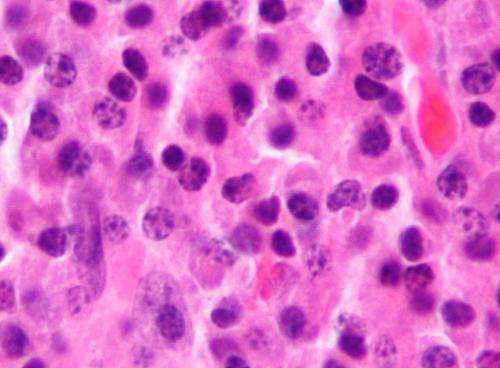Innovative Brain Imaging System Uses Upright PET and AR Eye Tracking to Enhance Cognitive Disorder Research

A new brain imaging platform combining upright PET with AR eye tracking is revolutionizing cognitive disorder research by providing more naturalistic insights into brain activity. This innovative system enhances early detection of neurodegenerative diseases like Alzheimer's and Parkinson's.
A groundbreaking brain imaging technology combining upright PET scanning with augmented reality (AR) eye tracking and motion analysis is transforming the way researchers study brain function. Introduced at the Society of Nuclear Medicine and Molecular Imaging 2025 Annual Meeting, this system—termed Motion-tracked Immersive functional PET (MIf-PET)—allows participants to sit in a natural upright position during scans, unlike traditional methods that require lying down. This more realistic setup provides deeper insights into brain activity, especially relevant for early diagnosis of conditions like Alzheimer’s and Parkinson’s diseases.
The MIf-PET system integrates an AR headset that presents immersive cognitive tasks, enabling participants to interact visually while their gaze and eye movements are continuously tracked. The imaging process captures detailed brain activity data through functional PET imaging, which, combined with eye-tracking metrics such as pupil size and blinking, offers a comprehensive view of brain responses to various stimuli.
Research led by Zipai Wang from Weill Cornell Medicine involved tasks like an anti-saccade test—measuring eye control—and a face oddball task, which assesses brain reactions to familiar versus unfamiliar faces. Participants viewed images through the AR headset, with eye movements recorded simultaneously, while brain activity was mapped via PET scans. The results indicated that pupil dilation increased in response to target and novel faces, reflecting heightened cognitive engagement and attention.
This innovative approach provides a window into activities of the locus coeruleus, a small brainstem region crucial for alertness and cognition but difficult to image with traditional techniques. Because pupil size correlates with LC activity, eye-tracking serves as an indirect marker for brainstem function, enhancing our understanding of the neural mechanisms underlying attention, memory, and neurodegenerative diseases.
Supported by a grant from the National Institute on Aging, the development of the upright PET scanner is ongoing. Researchers are testing it with healthy volunteers as well as early-stage Alzheimer’s and Parkinson’s patients. The prototype, expected to be ready for human studies by 2027, promises to improve early detection and treatment strategies for neurodegenerative disorders.
More details on this study can be found in the Journal of Nuclear Medicine, exploring the integration of fPET imaging with AR eye tracking as a novel method to study brain function in natural postures, offering a significant advancement over conventional imaging techniques.
Stay Updated with Mia's Feed
Get the latest health & wellness insights delivered straight to your inbox.
Related Articles
Nearly Doubling of Survival Rates in Myeloma Patients Since 2005
New research shows that survival rates for myeloma patients in the UK have nearly doubled since 2005, driven by new treatments and clinical trial participation, offering hope for improved outcomes in blood cancer care.
Harnessing Natural Language Processing to Transform Medical Data Interpretation
Discover how natural language processing is revolutionizing cancer diagnosis and treatment planning by extracting critical information from unstructured medical notes, enhancing personalized care and research.
The Impact of Internet Bots on Scientific Research Integrity
The rise of sophisticated internet bots and AI technologies presents significant challenges to maintaining integrity in online scientific research, risking data validity and trust.



